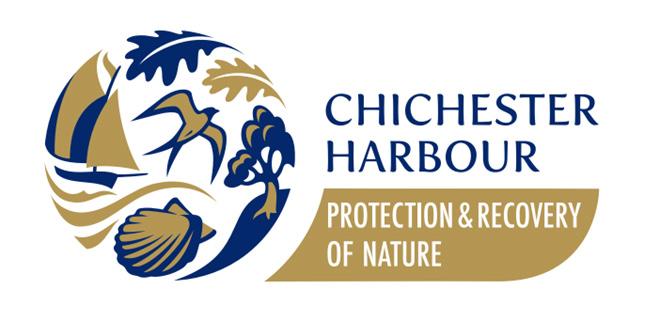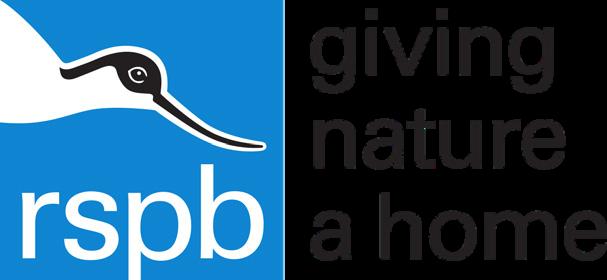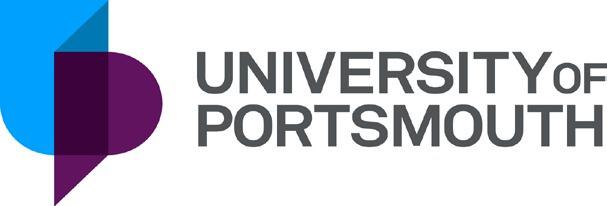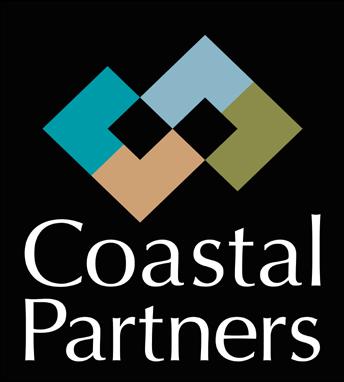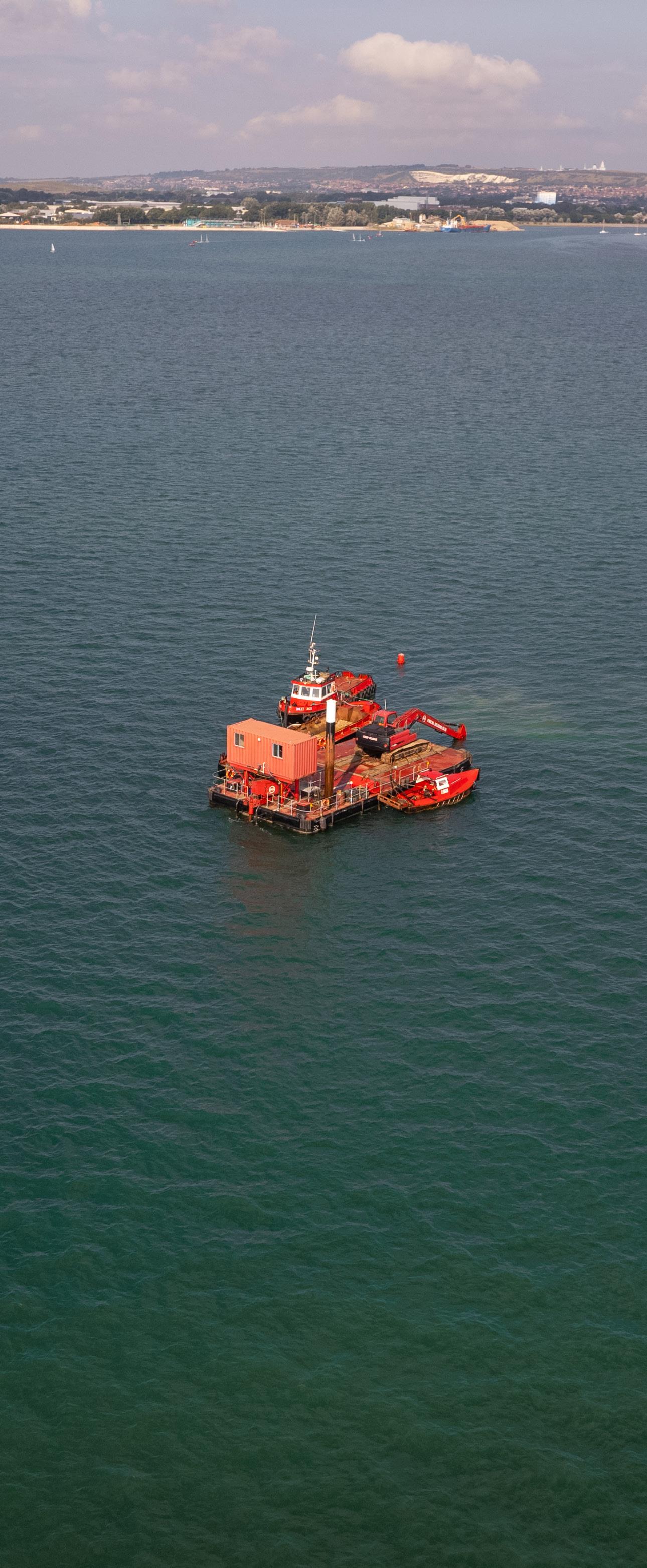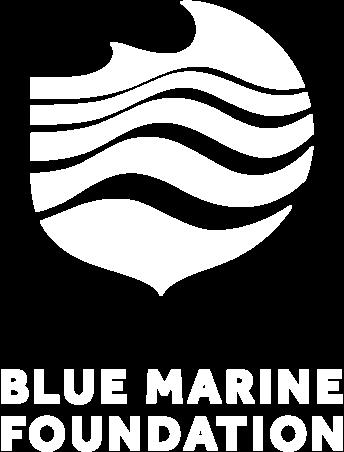
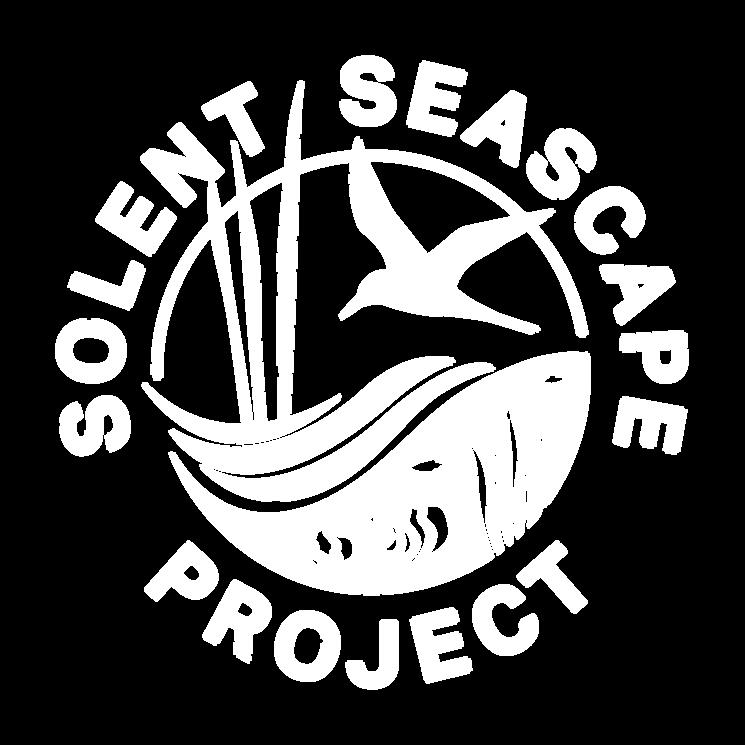
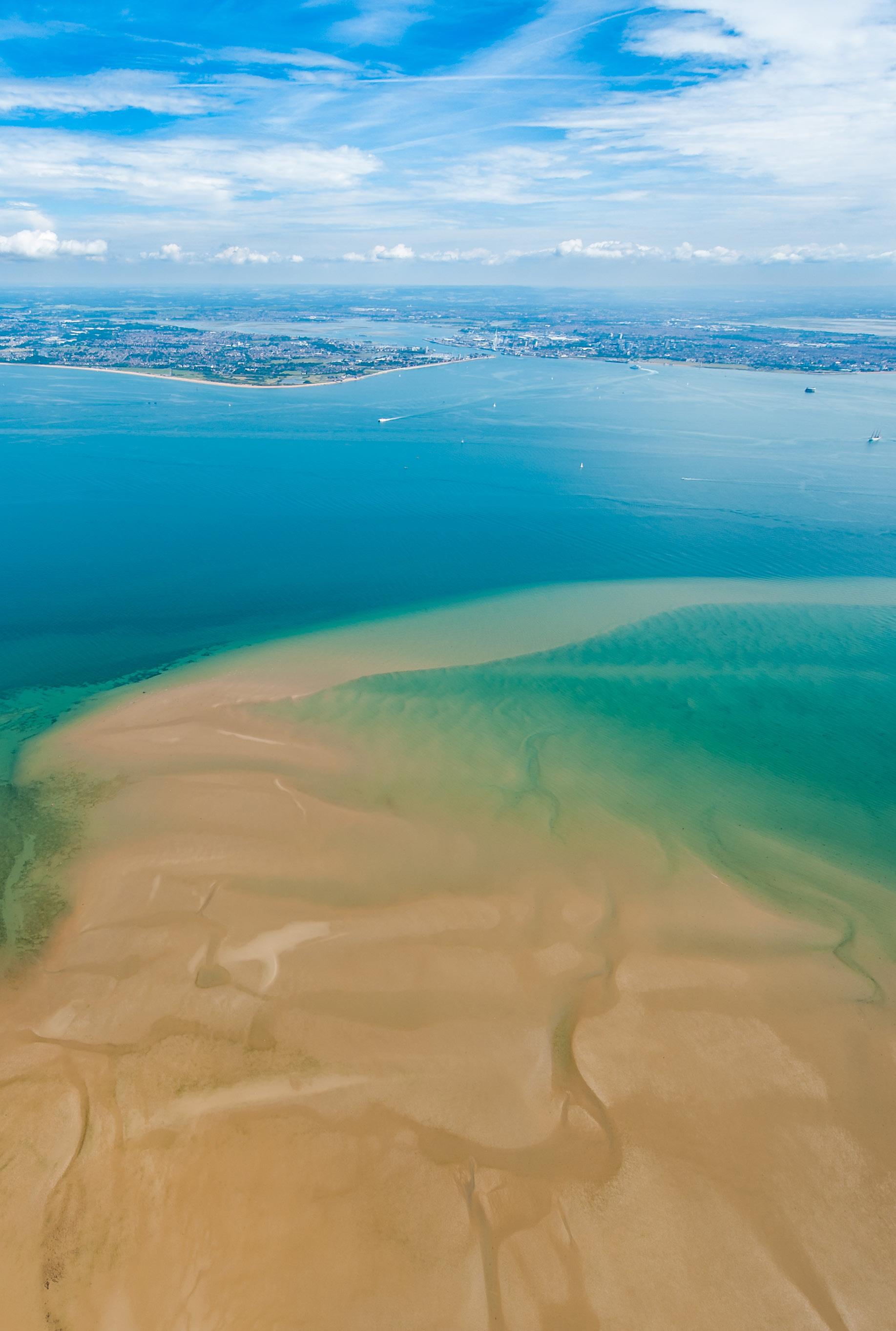
Restoring the Solent’s Seascape: for people, nature and climate
Project Information Sheet
Location: Solent
Aim: To reconnect the Solent into a functioning seascape by improving the condition, extent and connectivity of key marine and coastal habitats, using protection and restoration initiatives
Project Manager: Louise MacCallum
Contact: louisem@bluemarinefoundation com
The Solent Seascape Project is a multi-million-pound, collaborative five-year initiative to restore multiple habitats across the Solent strait - a diverse estuarine system between the Isle of Wight and mainland England In partnership with ten organisations, we are actively restoring and reconnecting critical coastal habitats and working collectively with local communities to codevelop an ambitious recovery plan for the Solent, to create a thriving seascape for all


Project vision
The Solent Seascape Project will be the first of its kind in the UK to initiate seascape scale nature recovery Our long-term vision is to restore the Solent’s seascape, tipping the balance from a degraded state to a naturally expanding, connected and productive ecosystem By restoring and connecting the Solent’s seascape, we will provide nature-based solutions to many of the issues currently affecting it and the people who depend on it, as well as helping to fight the impacts of climate change.
Project activities
To achieve this vision, we are:
Collaborating with local stakeholders and communities to develop and co-create a long-term seascape recovery plan, that supports better management of existing Solent marine and coastal habitats
Actively restoring 8 hectares of saltmarsh, 7 hectares of seagrass, 4 hectares of oysters, and 10 breeding seabird nesting sites to increase habitat extent and catalyse recovery across the wider seascape, improving ecological connectivity
Assessing ecosystem service benefits (such as carbon sequestration, biodiversity uplift, nitrate remediation), creating an evidence base of the wider benefits of seascape restoration. Developing key interventions and financial mechanisms to upscale the potential for seascape restoration in the longer term by working with government and regulators
Empowering local communities and building capacity to ignite and improve understanding of seascape processes, catalyse behavioural change, and increase involvement in seascape recovery
Project overview
The project covers over 522 sq km of coastal and marine habitats in the Solent, one of the most heavily used waterways in Europe The Solent is home to a complex network of harbours, ports, estuaries and sandbanks and an astounding array of habitats, such as seagrass meadows, saltmarshes, oyster reefs and globally renowned seabird nesting sites. In turn these habitats are home to an amazing array of wildlife, with seahorses, seals, Sandwich terns and critically endangered European eels all finding sanctuary in the Solent The Solent supports not only a diversity of marine life but is rich in maritime heritage and has provided for its coastal communities for generations

However, across the Solent important habitats are being lost and the biodiversity they support is declining The Solent continues to face severe threats from coastal development, poor water quality and sea level rise. Sadly, this has resulted in the Solent’s internationally important marine and coastal habitats becoming diminished, degraded and fragmented Over 50 per cent of the area’s saltmarsh has been lost, equivalent to an estimated carbon fixing potential of around 5,000 tonnes per year Oyster populations have declined by 95 per cent causing the collapse of the fishery, and all 650 hectares of seagrass beds are in poor condition.
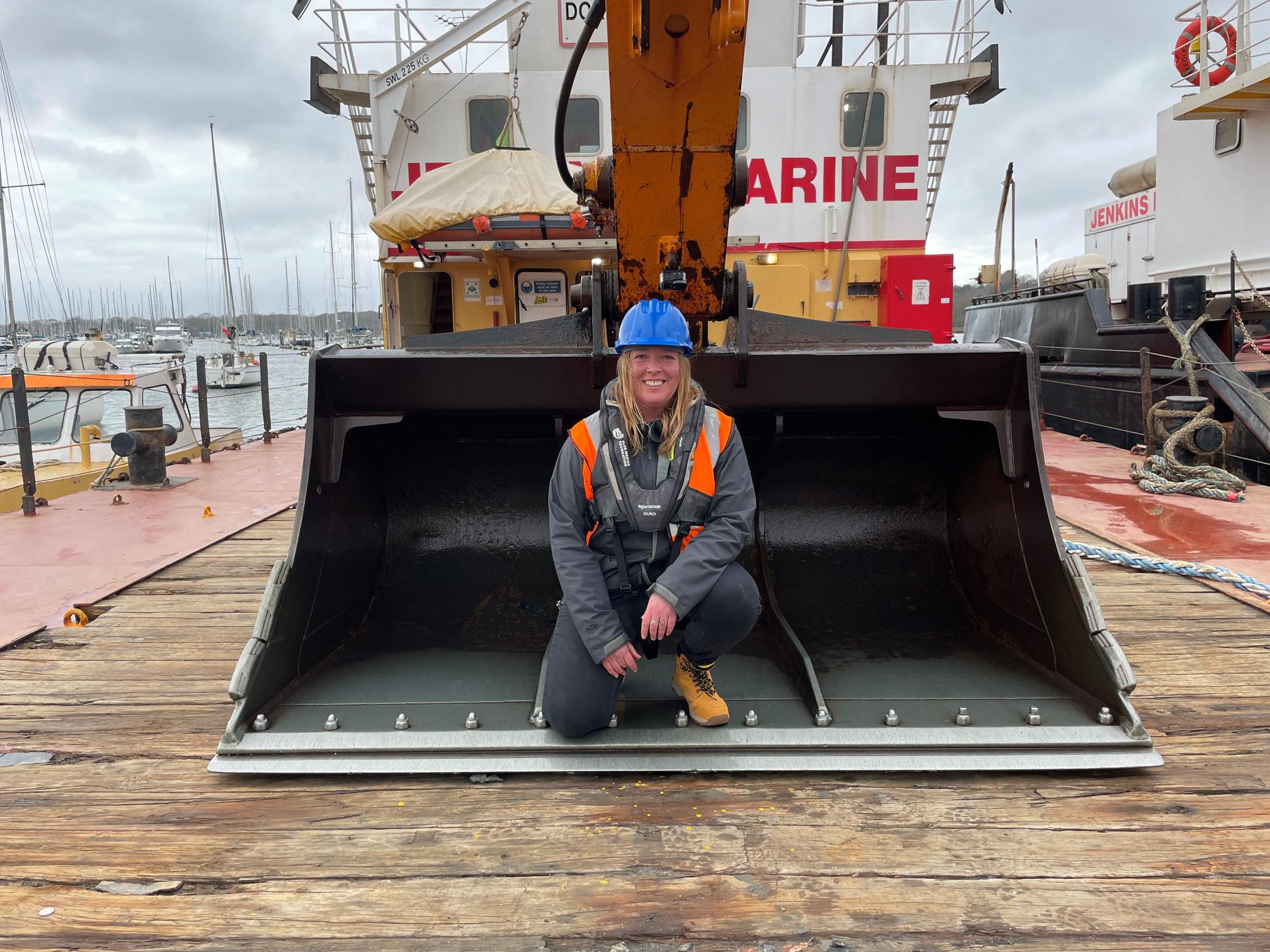
As we enter the UN Decade of Ecosystem Restoration, Blue Marine Foundation and partners are bringing together existing Solent restoration efforts and will be co-delivering an ambitious programme of ecosystem restoration to catalyse large seascape scale recovery across the Solent
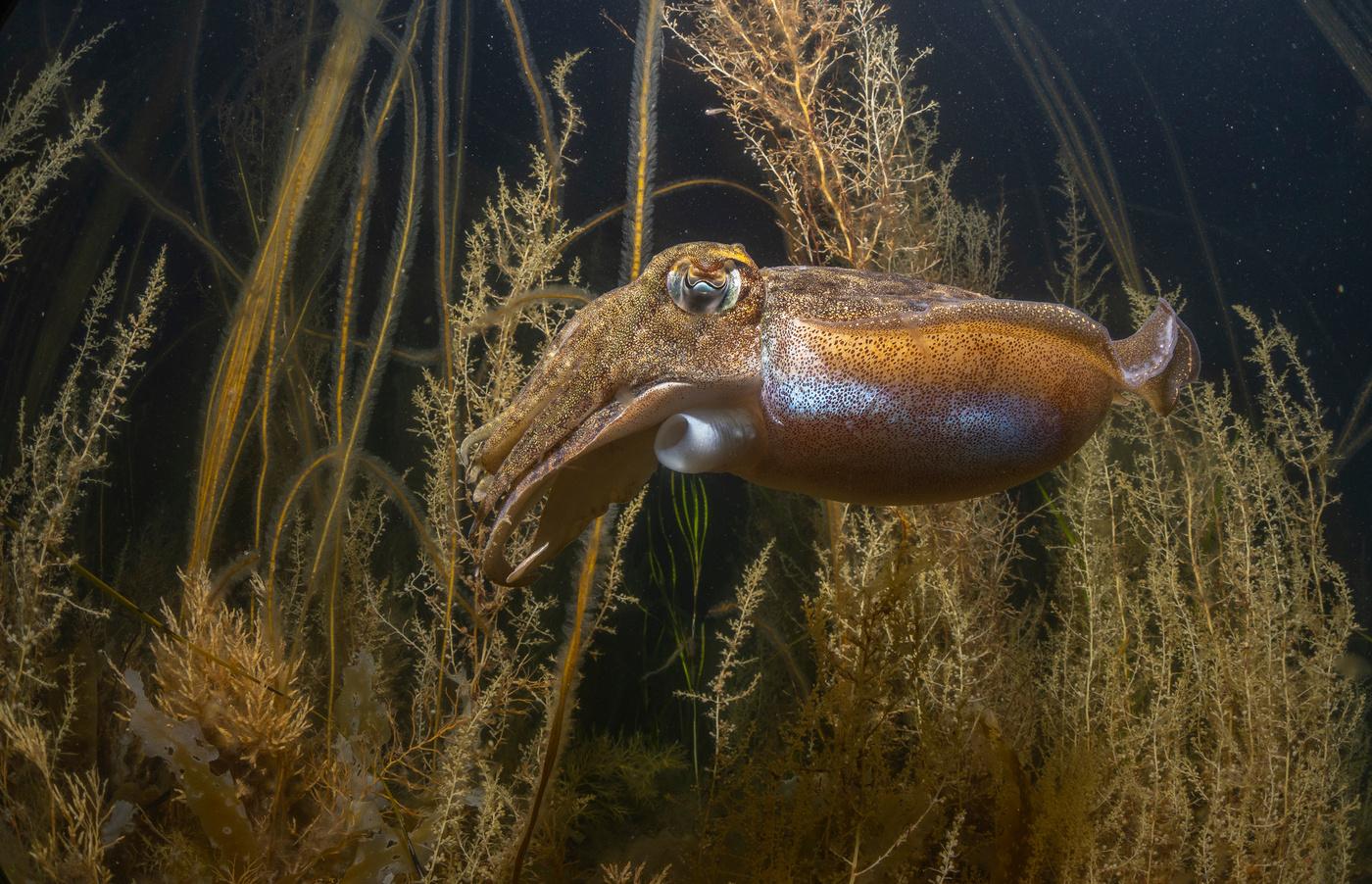
We are restoring habitats to revive a functioning, thriving and abundant Solent seascape Marine habitats such as saltmarsh and seagrass act as important carbon stores, help to reduce the impacts of climate change, provide nursery grounds for commercially important fish, protect coastal homes from erosion and sea level rise, enhance water quality and improve wellbeing by providing areas for local people and tourists to explore nature
To ensure that the long-term benefits of seascape restoration are realised, we are in the process of co-developing a recovery plan with the local community to allow these habitats to continue supporting both people and the wider environment long into the future. . We are working towards a dynamic network of interconnected marine and coastal habitats – known as a seascape-scale approach to marine and coastal restoration, to benefit people, nature and climate
About Blue Marine Foundation
Blue Marine Foundation exists to protect and restore the ocean. Using a combination of top-down interventions to improve ocean governance and bottom-up project delivery that empowers small-scale fishers and local communities, our mission is to see at least 30 per cent of the world’s ocean under effective protection by 2030 and the other 70 per cent managed responsibly


